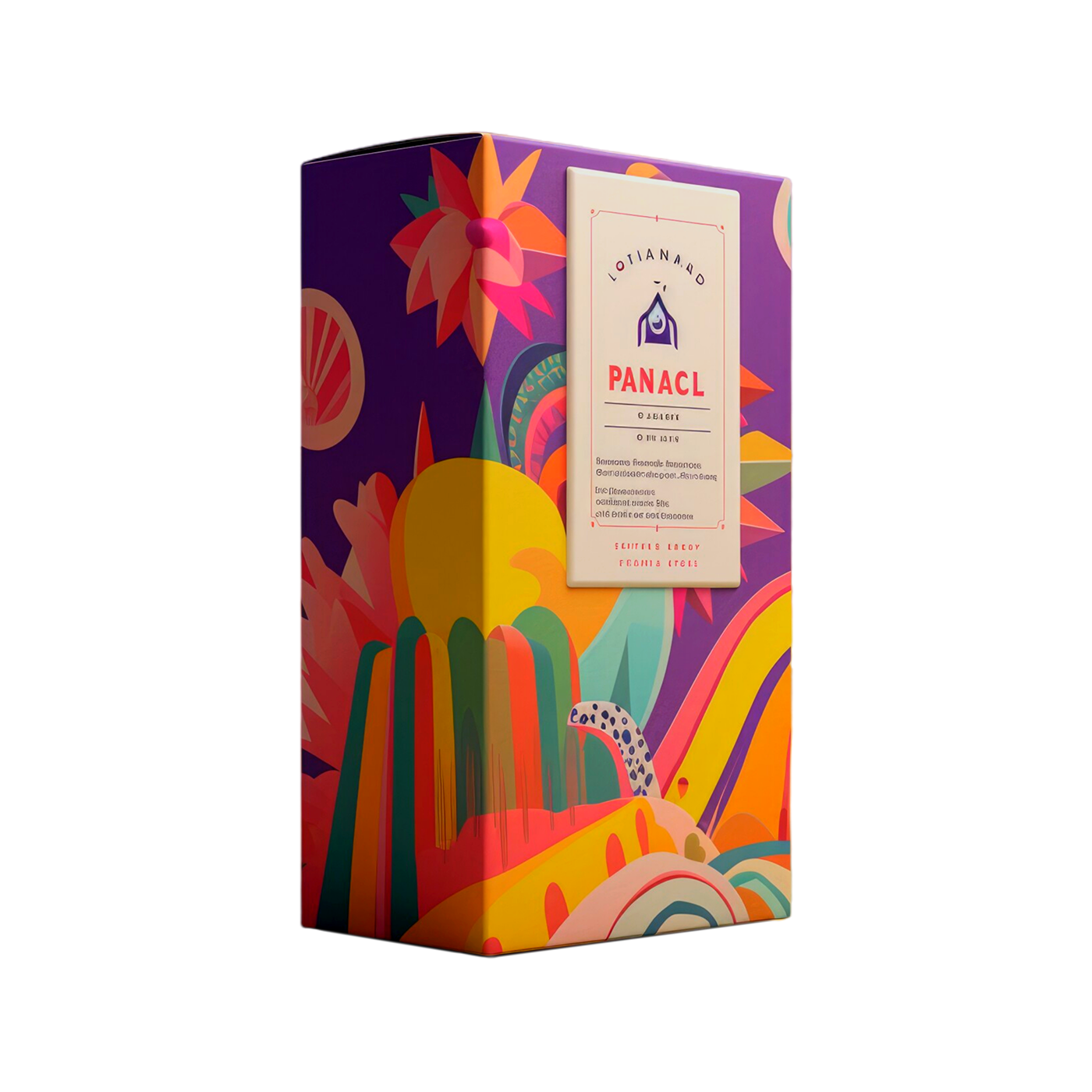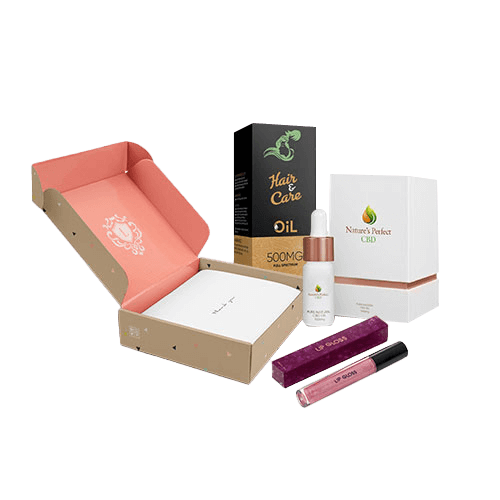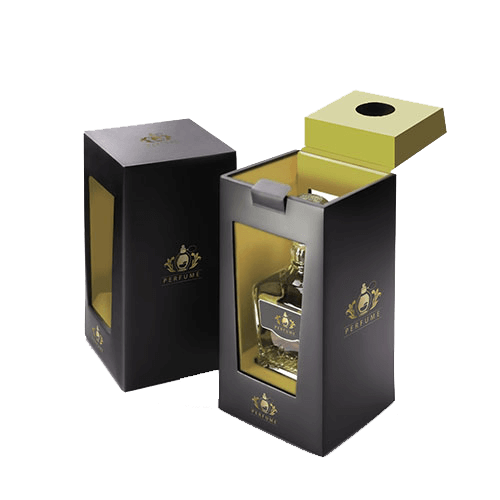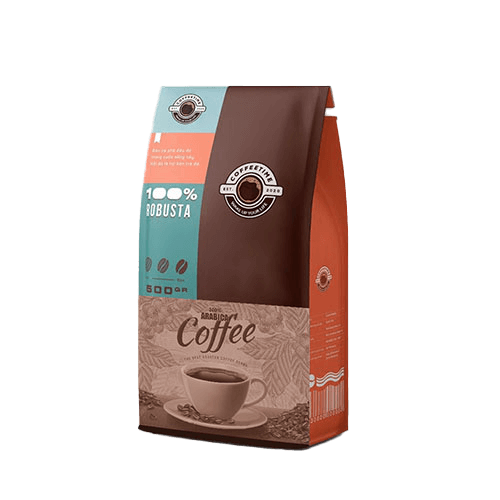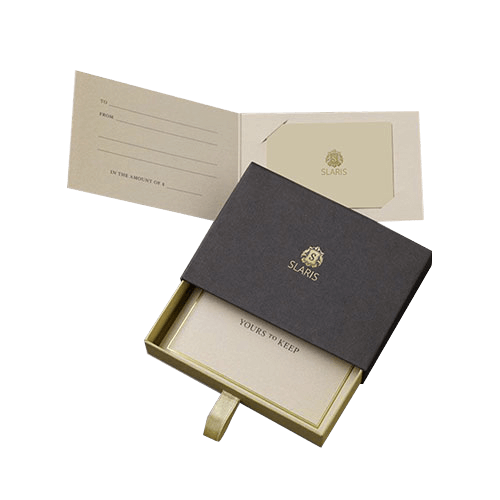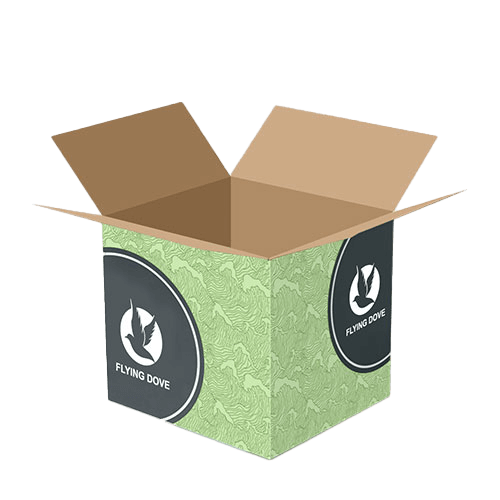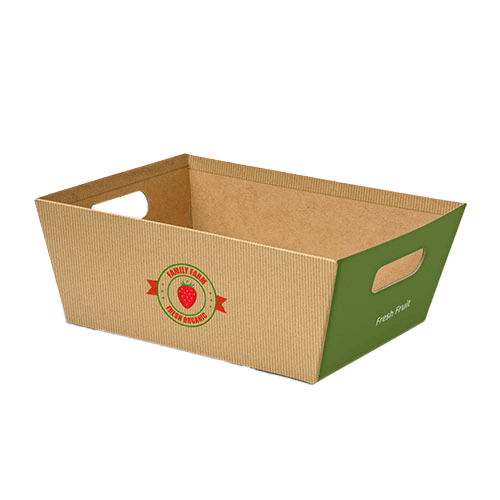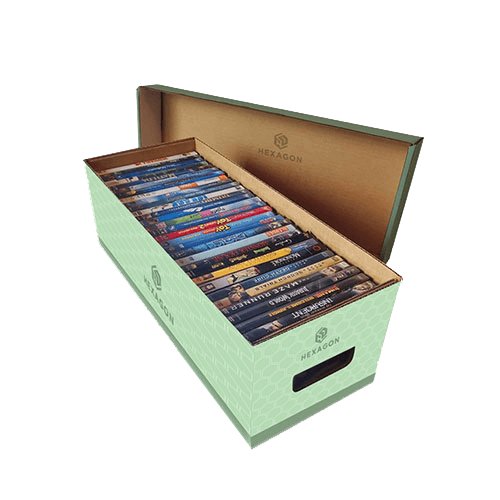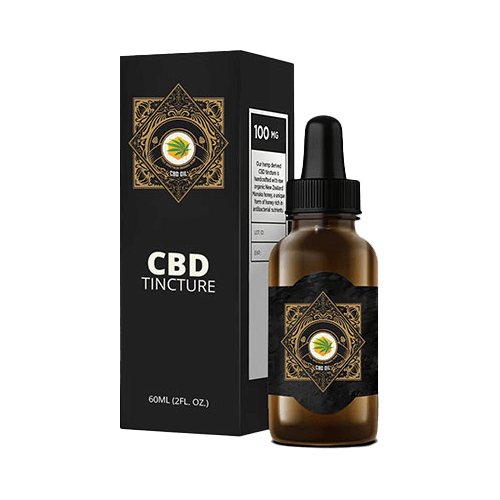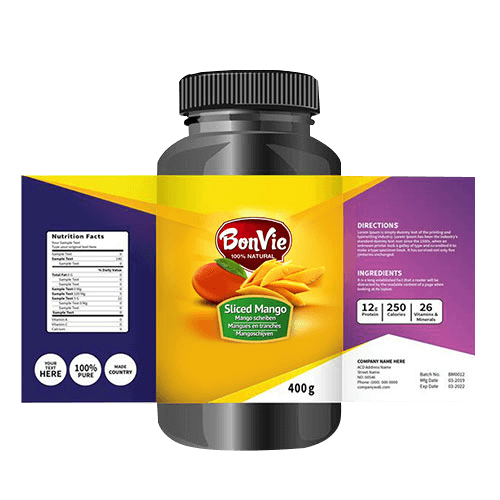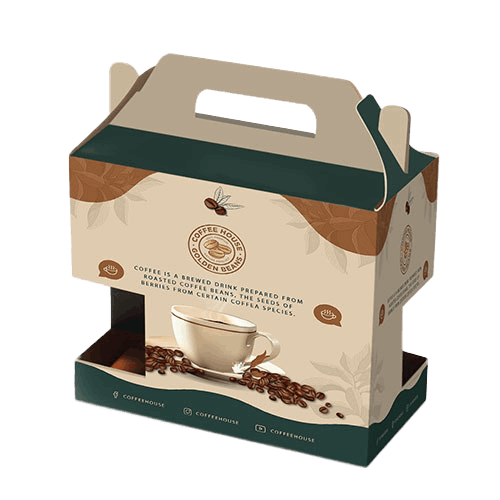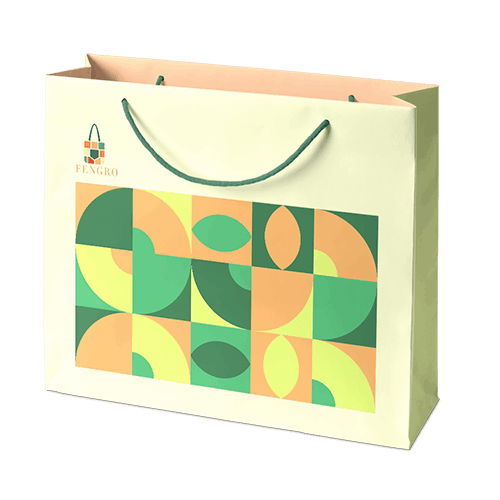Q: What does the term 'retail packaging' refer to? A: The term 'retail packaging' typically refers to the packaging used for products sold in retail stores. This type of packaging can take many forms, such as boxes, sleeves, mylar bags, rigid setup boxes, and corrugated boxes, and it serves the dual purpose of holding the product while providing important information about and promotional messaging regarding the product and manufacturer. Retail packaging is often the first impression a customer has of a product. In fact, the quality of retail packaging has been shown to significantly influence customers’ decision to purchase a product and their loyalty to a brand.
Q: What is the difference between primary and secondary retail packaging? A: Primary retail packaging is the packaging that directly contains the product and is meant to be opened by the customer. It can be a box, bag, or other container that provides protection and information about the product. Secondary retail packaging, on the other hand, is the outer packaging that holds multiple primary packages. Secondary packaging is typically used for shipping and display purposes. This form of packaging can take the form of display boxes, trays, mailer boxes, or any other type of cartons that help retailers transport and stock products efficiently.
Q: How can I choose the right retail packaging for my product? A: You should consider your product's size, weight, style, and fragility when choosing product packaging. You should also consider the target audience, the purpose of the packaging as well as durability requirements.
Q: How do I select the right box size for retail packaging? A: To make sure your product fits properly within the primary retail packaging, you need to:
- Measure the length, width, and height accurately.
- Take into account any irregular shapes or protruding parts.
- And finally, add a small buffer or clearance to allow for a snug fit and any necessary space for product inserts.
Q: Can I customize retail packaging to fit my branding? A: Certainly, it is possible to tailor your cardboard retail packaging to your preferences. You have the flexibility to select the sizing, configuration, and design of your packaging. In addition, you can also incorporate your logo, brand name, and other pertinent details when designing your custom product packaging. You can also add foil stamping, spot UV, embossing, or any other customizations that suit your specific requirements.
Q: What materials are commonly used for manufacturing product packaging? A: Cardboard retail packaging can be made from corrugated cardboard, paperboard, or chipboard. Corrugated cardboard is best for heavy items, while paperboard and chipboard work well for lighter products. Sustainable options like biodegradable or recycled materials are also available in multiple thickness options.
Q: Can retail packaging be used for shipping? A: Retail packaging can be used for shipping, but it is essential to ensure that the packaging is made of corrugated cardboard which is sturdy enough to protect your products during transit.
Q: Can I get custom templates for various types of retail product boxes? A: Yes, we can provide free customised templates for a complete range of retail packaging products.
Q: What factors can impact the pricing for retail packaging? A: The price for custom-printed retail packaging depends on the size of the required boxes, stock strength & thickness, number of printed colours, and quantity. In addition, the application of special features such as foiling, embossing, and die-cut windows can also have an impact on the final price.
Q: How can I reduce the cost of my retail packaging? A: You can reduce the cost of your retail packaging by using simpler designs and materials. You can also order packaging in bulk to take advantage of volume discounts.
Q: What is ‘sustainable packaging’? A: Sustainable retail packaging refers to packaging materials that are ecologically responsible and can be recycled or reused. This type of packaging is deliberately designed to minimize waste and reduce the impact on the environment. Sustainable packaging can be fashioned from a variety of materials, such as recycled or recyclable paper and FSC-certified cardstocks.
| Material |
White: SBS (C1S), SBS (C2S), Uncoated Stock, Textured Stock
Metalized Card: Silver, Gold, Holographic
Brown: Natural Brown Kraft Card Stock
White Front Coloured Back: CCNB (Grey Back), CCKB (Kraft Back)
Shipping Boxes: White or Brown Corrugated Stock or Forte
Rigid: Paper + Grey Board
|
| Material Thickness |
Cardstock Thickness: 300 gsm, 350 gsm, 450 gsm, 600 gsm, Custom
Corrugated Stock: 3-ply corrugated
Rigid Stock Thickness: 700 gsm, 1200 gsm, Custom
|
| Finishing Types |
Lamination: Gloss, Matte, Sandy Matte, Soft Touch, Linen
Coating: Gloss AQ, Satin, Varnish, Spot UV, Flood UV
|
| Features |
Foil Stamping
Embossing
Debossing
Die Cutting
Metallic Inks
Custom Size
|
| Other Options |
Ribbons
Handles
Window Cutouts
Hang Tab
Scoring and Gluing
Custom Perforation
Magnetic Locks
Velcro
|
| SKU# | RPCP-101 |
Elevating the Purchase Experience: Crafting an Unforgettable Unboxing Experience With Custom Printed Retail Packaging
Retail packaging is an essential part of any successful business that sells products to other businesses or consumers. Packaging is not just a means of storing and delivering goods but also an effective way of promoting the product and creating a recognizable brand image. Therefore, investing time and resources in designing and creating effective retail packaging is essential. There are numerous aspects that need to be considered when designing effective retail packaging including the sourcing of eco-friendly materials, developing a sustainable and effective design, and employing efficient and cost-effective production processes.
Attract, Protect, Brand: The Triple Power of Retail Packaging
The first thing that captures customers' attention as they step into a retail store is the presentation of any given product. Product packaging must be attractive, eye-catching, and appealing to the customers. It should be designed to stand out from the rest of the competition on the shelf. Numerous behavioral studies have shown that customers are likelier to buy a product if the packaging looks interesting and unique. Branding and custom retail packaging are interconnected and vital in creating a memorable consumer experience. As packaging is the first thing that consumers interact with, it should effectively communicate the brand's identity by incorporating brand colours, logos, and other unique design elements. The use of consistent design across all products and platforms strengthens brand recognition. Unique packaging design sets a brand apart from competitors, enhances the customer experience, and can increase brand loyalty. Product packaging also offers an opportunity to communicate directly with consumers in regard to the brand's message and values. As such, including product information or storytelling elements that connect customers with the brand's history or mission is essential. Understanding the target audience's preferences and values can further inform packaging design so that it resonates with the target audience.
Custom-printed retail packaging is about more than just making the product look good. It also serves the purpose of protecting the product during transit and storage. Product packaging needs to be robust and durable to endure the challenges of transportation and handling. The packaging should also be designed to be easy to open and use. Customers should not have to struggle to open the packaging or figure out how to use the product. By committing resources to optimal packaging, companies can establish an affirmative brand reputation, elevate customer loyalty, and increase sales.
The Versatility of Retail Packaging: Understanding Its Types and Uses
Retail packaging comes in various forms, each serving a specific purpose depending on the type of product it's meant to house. Some of the most common types of retail packaging are:
- Boxes: Custom-printed product boxes are the most common form of traditional packaging and are available in different sizes and materials, including cardboard and plastic. Product boxes, also commonly referred to as folding cartons, are suitable for electronics, appliances, and many other types of retail products.
- Corrugated Boxes: Corrugated boxes are widely used in retail packaging due to their robustness, versatility, and affordability. These boxes are made from corrugated cardboard material, which gives the box added strength and rigidity while remaining lightweight.
- Bags: Shopping bags are integral to retail packaging, particularly in the clothing and fashion industry. They serve the dual purpose of allowing customers to carry their purchases conveniently while also acting as a tool for brand visibility and promotion.
- Rigid Boxes: Rigid product boxes are often used to package high-end products due to their premium look and feel. Examples of rigid packaging include boxes for smartphones, luxury cosmetics, and high-end confectionery items.
- Display Boxes: Created with the goal of showcasing products in an appealing way on retail shelves, product display boxes are widely used for items like cosmetics, food, and various other consumer goods.
- Sleeves: Product sleeves are a practical and versatile packaging form that is often used in combination with other forms of packaging, such as a box, bottle, or cup. Sleeves offer an additional layer for increased product protection while also providing additional space for branding and messaging.
- Flexible Packaging: This type of packaging includes pouches, bags, envelopes, and other packaging made of plastic or easily yielding materials. It is often used for food items but can also be used for retail items like clothing or smaller electronics.
- Blister Packs: This pre-formed plastic packaging is commonly used for small consumer goods and provides high product visibility. Blister packaging is ideal for small products including battery cells, lip balms, cosmetic items, etc.
- Tube Packaging: Cylindrical packaging is typically used for posters, blueprints, and other documents. It can also be used for certain retail items like cosmetics and food products.
- Eco-Friendly Packaging: These boxes are crafted from materials that are recyclable, biodegradable, or compostable and thus help manufacturers minimize their environmental footprint.
Accessories are essential in enhancing packaging functionality, aesthetics, and customers' unboxing experience. The most commonly used accessories include:
- Tissue Paper: Tissue paper provides a layer of protection for fragile items and adds an element of surprise and luxury to the unboxing experience. It can be custom printed to match the brand's colours or themes.
- Stickers and Labels: Labels can be used to seal the package, provide additional product or brand information, or add a decorative touch. Like tissue paper, stickers, and labels can also be custom printed for brand consistency.
- Fillers: Bubble wrap, air pillows, foam peanuts, and crinkle paper protect products during transit and prevent products from shifting around.
- Dividers and Inserts: Organize multiple items within a package and provide additional protection with custom dividers and packaging inserts. They are common commonly used in subscription boxes and gift sets.
- Hang Tags: Hang tags provide another opportunity for branding and product information. They are often used in clothing or accessory packaging.
- Thank You Cards or Notes: Adding a thank you card or note to the package adds a personal touch and enhances the customer experience.
By thoughtfully choosing and incorporating these accessories, manufacturers can enhance the functionality of their packaging, create a memorable unboxing experience, and reinforce their brand image with every sale.
|

